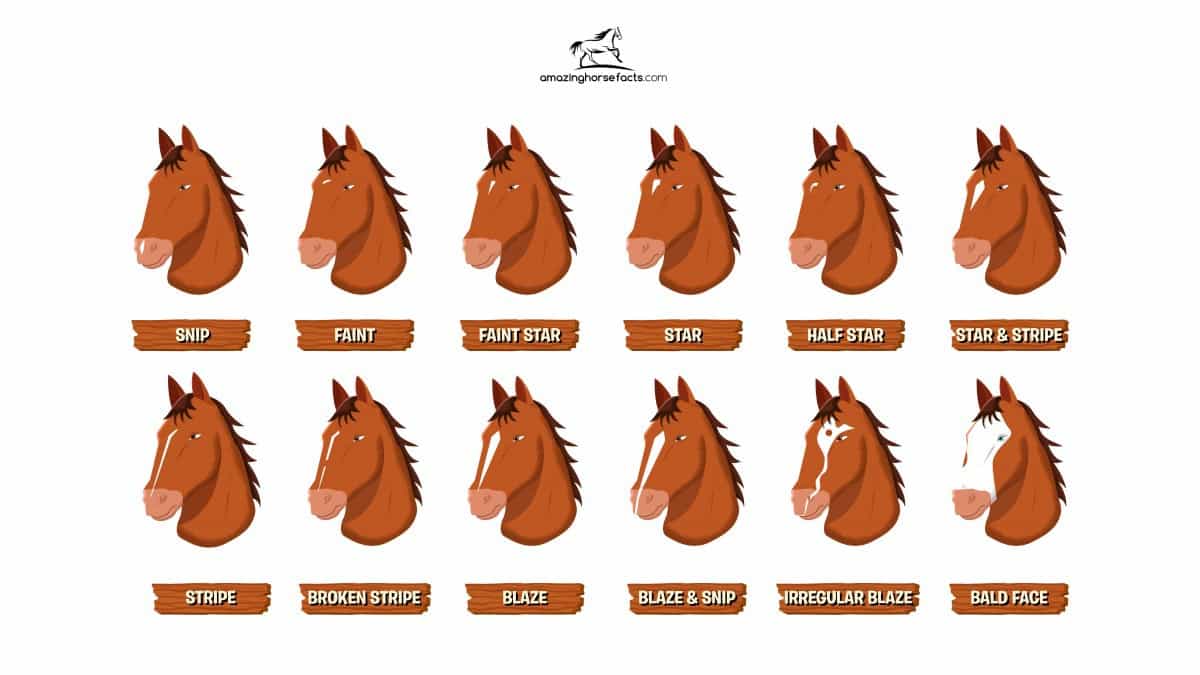
Horse Face Markings (Everything You Need To Know) AHF
Face marking terms describe where the marking is and the shape of the marking. Sometimes a horse may have two or three distinct facial markings, which would be a combination. Facial markings can also be irregular in shape. Some horses with a white marking around the eye have blue eyes. However, this is only sometimes and not always the case.
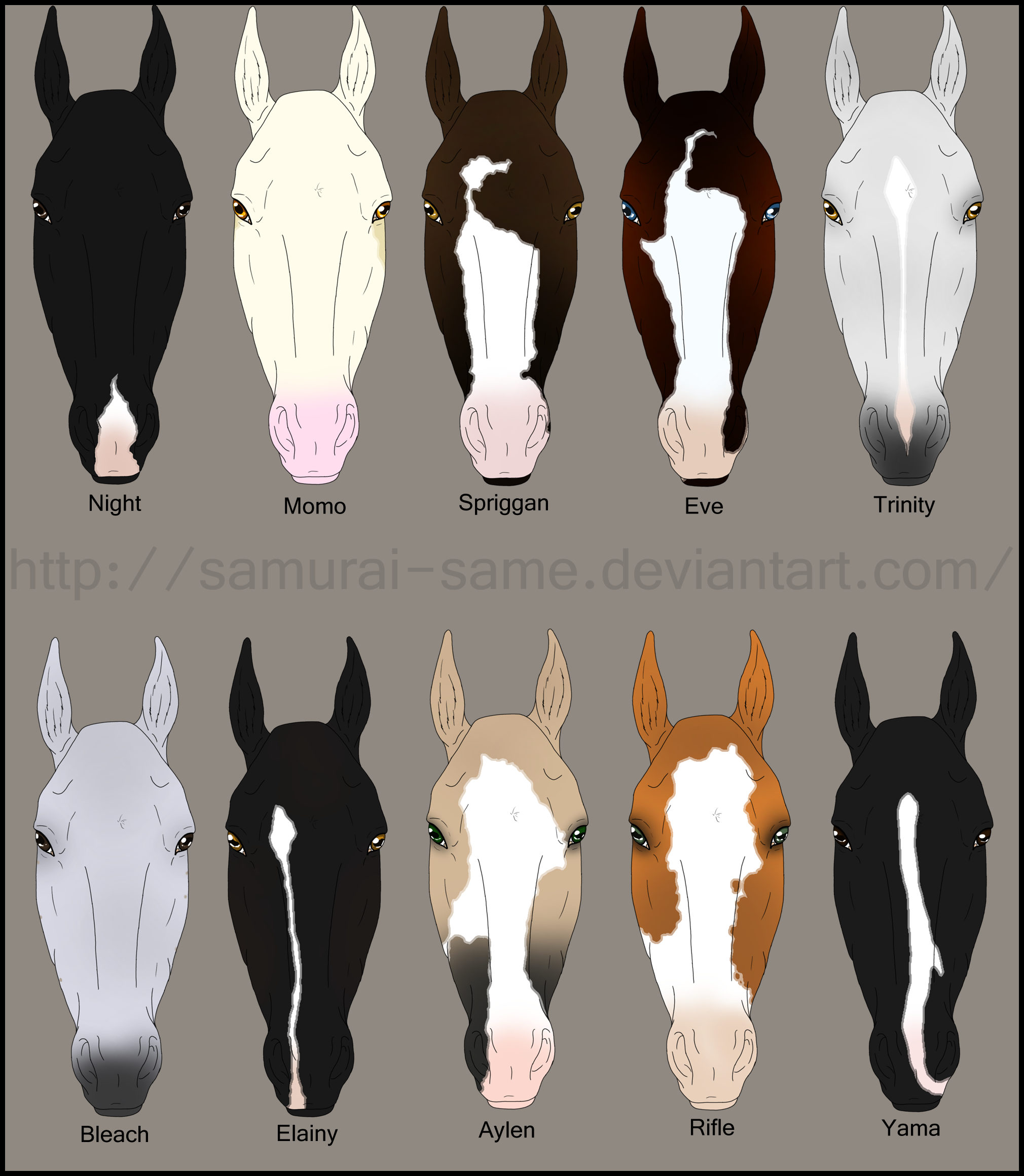
RMs Horse face markings by samuRAIsame on DeviantArt
Intro to Face Markings By Lesli Kathman Besides coat color, a horse's facial markings can make an individual stand out from the herd. From a tiny star to a bald face, there are many different face markings (and combinations of markings) that you can see on horses today.

Face Markings № 2 Horse facts, Pretty horses, Horse markings
The different face markings include star, stripe, blaze, snip, white face, and interrupted stripe. There can even be a star and snip connected by a stripe. The get markings include coronet, half pastern, pastern, half cannon, and over the knee.
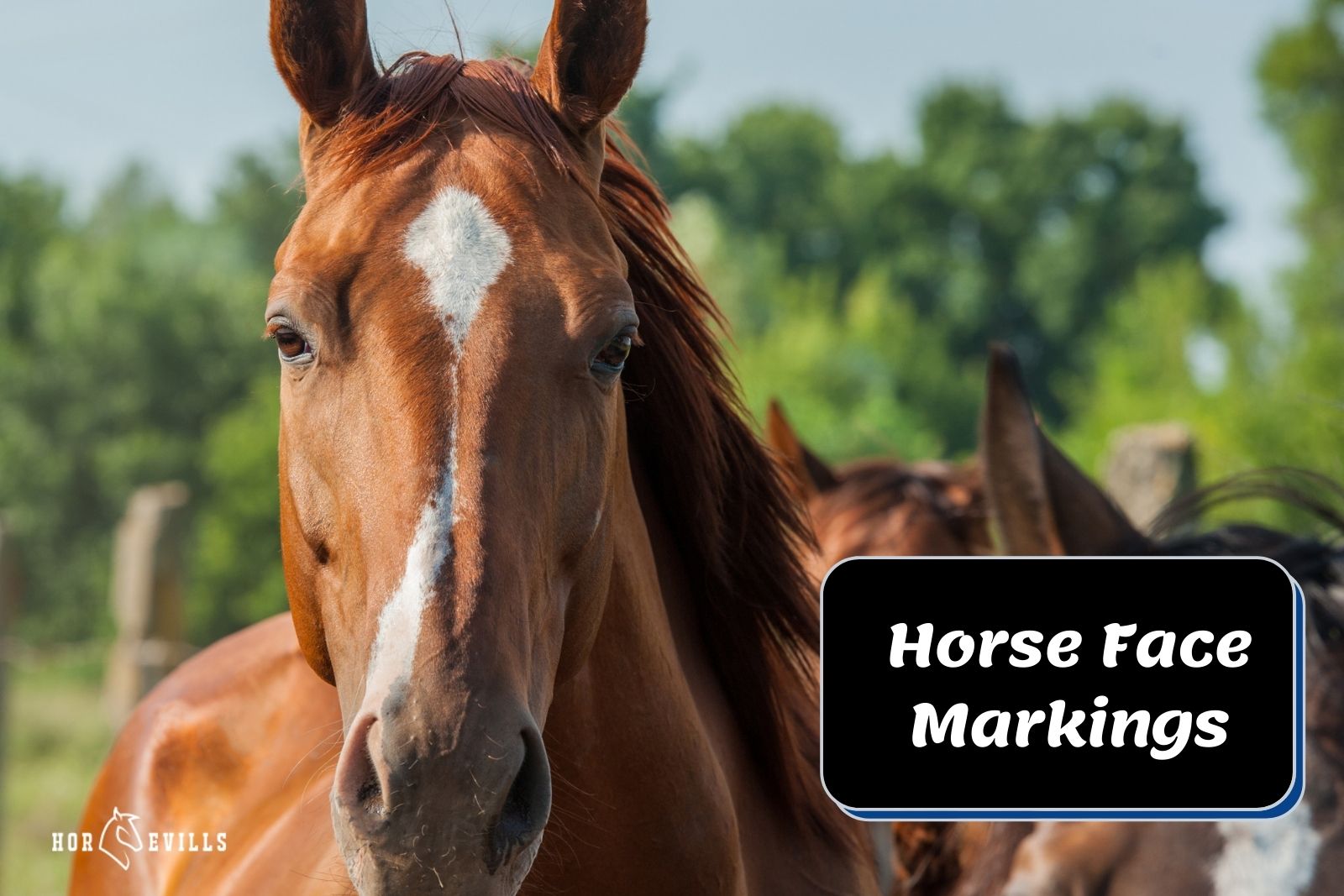
11 Horse Face Markings & How Do They Look Like (With Chart)
Face markings in horses vary greatly in shape and size. They can occur separately or together, with some combinations more common than others. The most common horse face markings are a star, stripe, blaze, snip, bald face, apron face, and badger face.
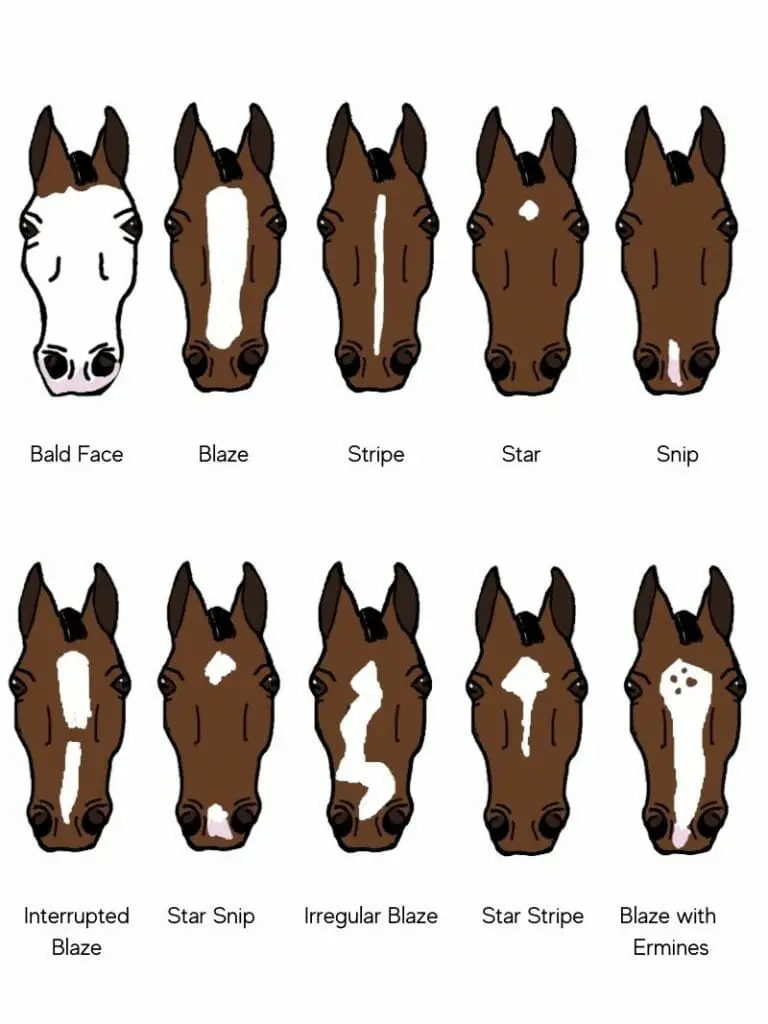
Horse Face and Leg Markings Chart
Bald face, sometimes called white face markings, are the most dramatic type of horse facial marking. Officially, a bald face is a white marking that covers nearly the entire front of the horse's face. The white often covers at least one eye and stretches down the whole front of the face, often spilling over down the sides.

horse face markings Google Search Horse markings, Horse facts, Horse breeds
A horse can have one facial marking or several. If a horse has several, the marking is named separately. Common facial markings include the following. 1. Star Marking Image Credit: hosphotos, Shutterstock A star is a white marking located on the forehead between or above the eyes.

Chart Equine Face and Leg Markings Horse markings, Horse face, Horses
Biologically speaking, this marking showcases the fact that the horse was born without any pigment on their face, and it can be found most often times on Paint and Pinto horses. This usually means that your horse may also end up having one or two blue eyes. 4. The Blaze Marking.
:max_bytes(150000):strip_icc()/head-of-chestnut-morab-horse-showing-arabian-characteristics-white-blaze-and-long-flowing-mane-90116756-5796436b3df78ceb860cd520.jpg)
Horse Facial Markings and What They Mean
What Kinds Of Horse Face Markings Are There? 1. The Blaze Pattern 2. The Star 3. The Strip 4. The Snip 5. Chin Or Lip Spot/Patch 6. Bald Face 7. Ermines 8. Interrupted/Blaze/Strip 9. Medicine Hat 10. Badger Marking 11. Apron Marking 12. Combination Markings History Of Horse Coat Colors What Causes The White Markings On A Horse's Face? FAQs
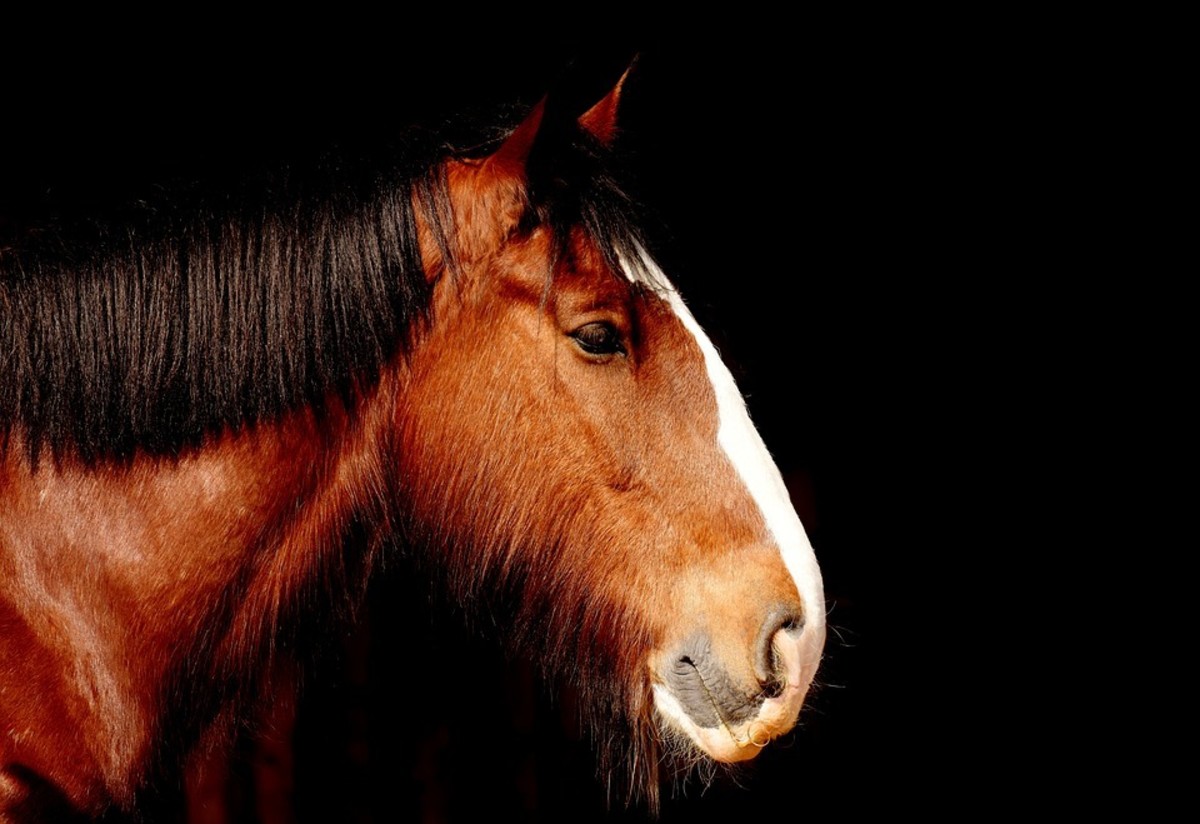
Your Visual Guide to Face and Leg Markings on Horses PetHelpful
Horse facial markings are unique patterns of white hair that appear on the face of a horse. They are usually located near or around the eyes, muzzle and forehead. The pattern, color, and position of these markings can vary greatly from one horse to another and can be used to identify an individual horse.

RMs Horse face markings 2 by samuRAIsame on DeviantArt
Marking 1. Blaze Marking 2. Snip Marking 3. Star Marking 4. Stripe Marking 5. Bald Face Marking 6. Ermine Marking 7. Lip Markings Marking 8. Medicine Hat Marking 9. Apron Marking 10. Badger Marking 11. Combinations Horse Facial Marks FAQs How many horse face markings are there? What is the rarest horse marking?
:max_bytes(150000):strip_icc()/horse-s-head-showing-with-white-line-down-nose-close-up-front-view-90117268-5796429c3df78ceb860ccc8f.jpg)
Horse Facial Markings and What They Mean
Face markings are identified according to their shape and location on the horse's face. Snip: a small white marking on the muzzle, not connected to any other markings. Stripe: a narrow band of white running up a horse's face from the nose to between the eyes. Star: any white marking on the forehead.

Quick Guide To Horse Face Markings The Equinest
The face markings on a horse are unique identifiers as no two marks are identical in shape. The location and condition of the markings determine the category of markings. To get a good idea about the face markings on your horse, see the chart below. Horse Face Markings Chart The basic facial markings on horses can be divided into ten categories.
/icelandic-horse-1178169612-bb949fbfde104e5182b30c829d57de17.jpg)
Horse Facial Markings and What They Mean
November 8, 2022 by The Horses Guide Horse facial markings are unique to each horse. Similar to human fingerprints, no two horse face markings are the same. There are many horse facial markings, from simple blazes and stars to more complex patterns like snips, socks, and brindles.
/cleveland-bay-cross-thoroughbred-53043637-57963e625f9b58461fbfa0fe.jpg)
Horse Facial Markings and What They Mean
In this section, we will explore the different types of face markings that horses can possess. Blaze. A blaze is a broad, vertical stripe that runs down the middle of a horse's face. It starts between the eyes and extends all the way down to the nostrils. Blazes can vary in width and length, ranging from a thin pencil line to a wide strip.

Which mark does your horse have??? Horse breeds, Horse camp, Horse face
Horse Face Markings - Strip / Stripe. Strip / Stripe - A strip is a vertical white marking below the forehead and above the nostrils. It is very narrow compared to a blaze. A strip may run for all or only part of the length of the horse's face. A strip is also sometimes called a stripe. If a strip is not straight but is instead crooked or wavy.

Learn Horse Face & Leg Markings, Other Markings & Fun Quizzes
01 of 07 Star Tim Graham/Getty Images / Getty Images A star is a white spot on a horse's forehead, between the eyes. A faint star may only appear as a few white hairs, or the star can be large enough it covers the whole forehead area. Stars can be very symmetrical in shape, like spots or diamonds, or they may appear as irregular splotches.